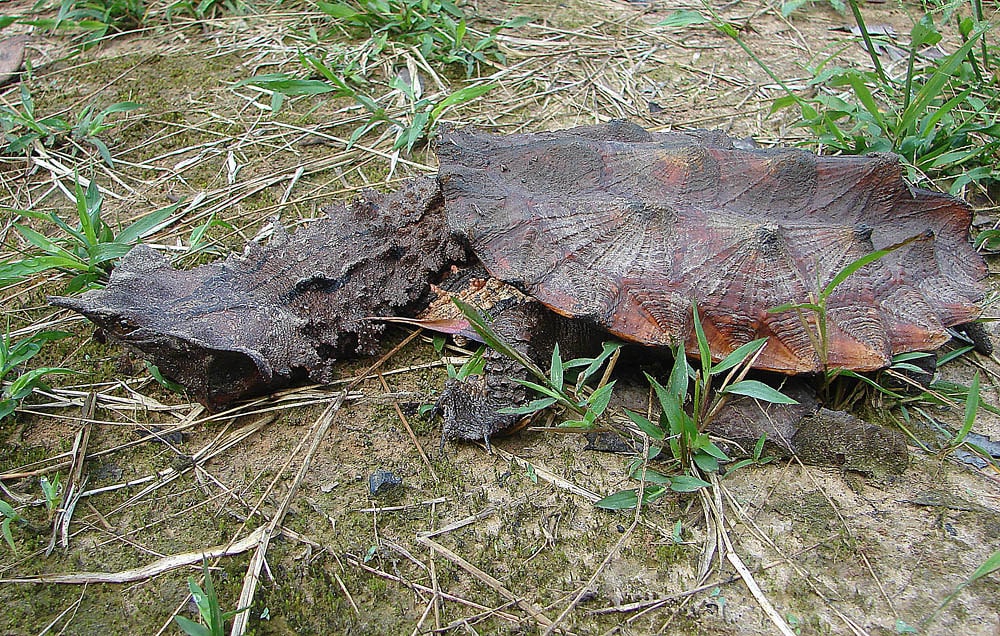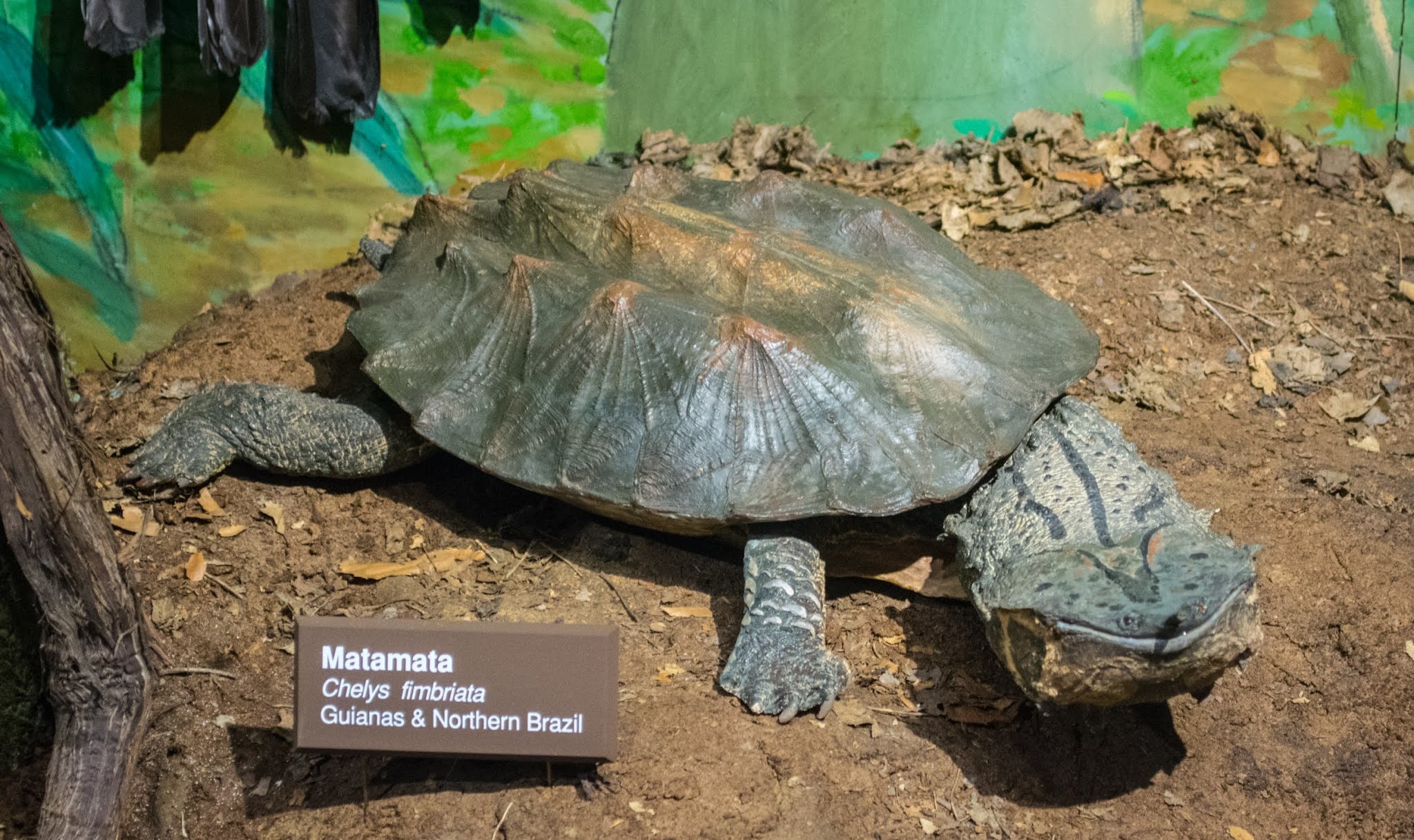 |
| Matamata Turtle, South America's Strange Faced Turtle |
Matamata Turtle, South America's Strange Faced Turtle. Turtle is the name for a reptile that is easily recognized by looking at a kind of shell on its back. There are many species of sea turtle known to man, each of which has different physical and behavioral characteristics.
Of the many types of turtles, one type of turtle that is quite interesting and different from other turtles is the matamata turtle. Want to know what is so interesting about this turtle? If so, let's read my writing.
Matamata Turtle, South America's Strange Faced Turtle
The matamata turtle or in scientific language, Chelus fimbriatus is a type of freshwater turtle originating from tropical South America, particularly the Amazon and Orinoco rivers.
According to one theory, the name matamata turtle's eye comes from the Tupi-Guarani language - the name of a South American native tribe - which means to kill.
Matamata turtle is easily recognized by its strange shape. The neck is long and widened with a head in the shape of a wide triangle, while the skin is covered in long, tassel-like protrusions. Horn-like body parts can also be found at the top of the snout.
 |
| Matamata Turtle, South America's Strange Faced Turtle |
The part that resembles the horn itself is actually the nasal passages and is commonly used by the matamata turtle as a snorkeling spot. By simply touching the tip of the nose above the surface, the matamata turtle can still breathe while remaining underwater.
Eating By Sucking Water
 |
| Matamata Turtle, South America's Strange Faced Turtle |
Another theory states that the tassel-like protrusions all over the skin are also sensitive to vibrations and other stimuli.
As soon as a water animal such as a small fish passes near it, suddenly its Matamata turtle's will turn near its potential prey and open its mouth so that the water and small fish will be sucked into the mouth of Matamata turtle.
Matamata Turtle Videos
The process of extracting the prey itself is very fast because it only takes about 1/5 second. The next thing Matamata turtle needs to do is close its mouth to swallow the feed fish while slowly removing the water from its oral cavity.
Hatching From Rotten Plant Remnants
 |
| Matamata Turtle, South America's Strange Faced Turtle |











0 comments